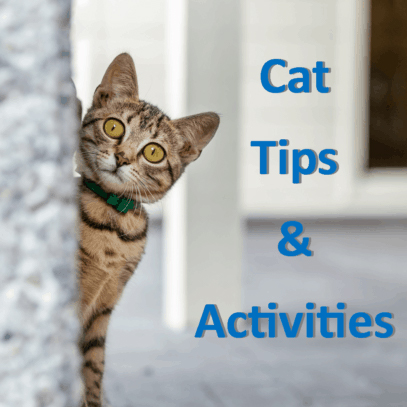With the large number of adoptions shelters have seen during the pandemic, the MCSPCA is committed to making sure they are successful long after life returns to “normal” and are happy to provide tips and activities for your furry best friend.
Tips For Transitioning Your Dog To Being Alone When You Return to Work

1. Alone Time Training – Now is the perfect time to start preparing your dog for being alone. This will help your dog adjust to the amount of time they will be left alone when you leave for a full day of work.
Start with short absences with you just leaving the room they are in. It can be 15-20 minutes in the beginning.
Have a distraction prepared for them such as a stuffed Kong. The Kong should be irresistible! Peanut butter, plain yogurt, cream cheese, and wet dog food are just a few enticing options you can use.
Gradually you can build up the amount of time you are gone. If your dog struggles with you leaving the room, try putting up a baby gate or a barrier to prevent them from getting to you, while keeping yourself in their field of vision. For example, sit on a chair on the other side of the barrier to start with. Gradually move farther and farther away as your dog progresses.
Every dog will respond differently, so don’t be afraid to work at a pace that is successful for your individual dog!
– Here is a link for an Alone Time Training Game
– Preparing A Dog For Your Absence
– Kong Products
– Kong Stuffing
2. Enrichment/Physical Exercise – Meeting your dog’s needs every day is essential to having a healthy, happy canine companion! Boredom can play a big part in barking, destructive chewing, inappropriate mouthing, etc. Daily walks with lots of opportunities to sniff are also helpful! Sniffing is very important for working your dog’s brain, as this can help to tire them out and get the most out of their walk. Providing your dog with a variety of work-to-eat or puzzle toys will also help burn some of their energy. Dogs are natural scavengers, so giving them the opportunity to forage for their meals/treats is very stimulating for them.
– Puzzle Toys
3. Breaking up the day – Having a dog walker, friend or family member available to stop by your home is a excellent option for helping your dog transition to being alone.
4. Working with a Professional Dog Trainer – Hiring a Dog Trainer or Behavior Consultant to help you with any behavior challenges you may encounter is a great resource and investment for you and your pet! Trainers can assist you with a wide range of situations, from basic obedience to resolving a more complicated behavior issue.
– How To Choose A Dog Trainer
Here are some helpful links on common behavior challenges:
– Barking
– Chewing/Destructive Behavior
– Jumping
– Housetraining
– Mouthing
– Loose Leash Walking
Cat Tips And Activities For When You Are At Home And When You Return To Work
1. Playtime at Home – It is important for your cat to have at least one 10-20 minute interactive play session every day. Make sure that when you play, you are not just dangling a string in their face. One of the best ways to play is making them feel like a hunter. Use your couch or ottoman to hide the prey (toy) behind and then slowly bring the toy around the corner. Watch for that butt wiggle and let your cat pounce on the prey! Give your cat some time to wrestle with that prey and make that prey wiggle and move around to make it satisfying. Repeat this process several times and then once the prey stops moving and “dies,” give your cat a snack. This cycle mimics the hunt-catch-kill-eat-groom-sleep cycle cats live for. Not only does this make your cat happy, but it’ll boost confidence!

2. Toys – Choose toys you think your cat will enjoy from your local pet store (MCSPCA’s Adoption Team recommends “Da Bird,” an interactive toy that will make your kitten feel like a hunter) or if you’re feeling creative, here are some DIY toys: Catnip socks, cat puzzle toys and treat rattles which can all be made with materials found in the home.
When you leave for work, be sure to leave some toys for your cat to play with in their confined room or crate/ playpen.
Our knowledgeable staff is available for any questions!
For dogs, please email [email protected] or [email protected];
For felines, email [email protected].
If you prefer to ask your question over the phone, please call 732-542-5962.
